Top Things to Know Before Buying Garden Wall Art Metal
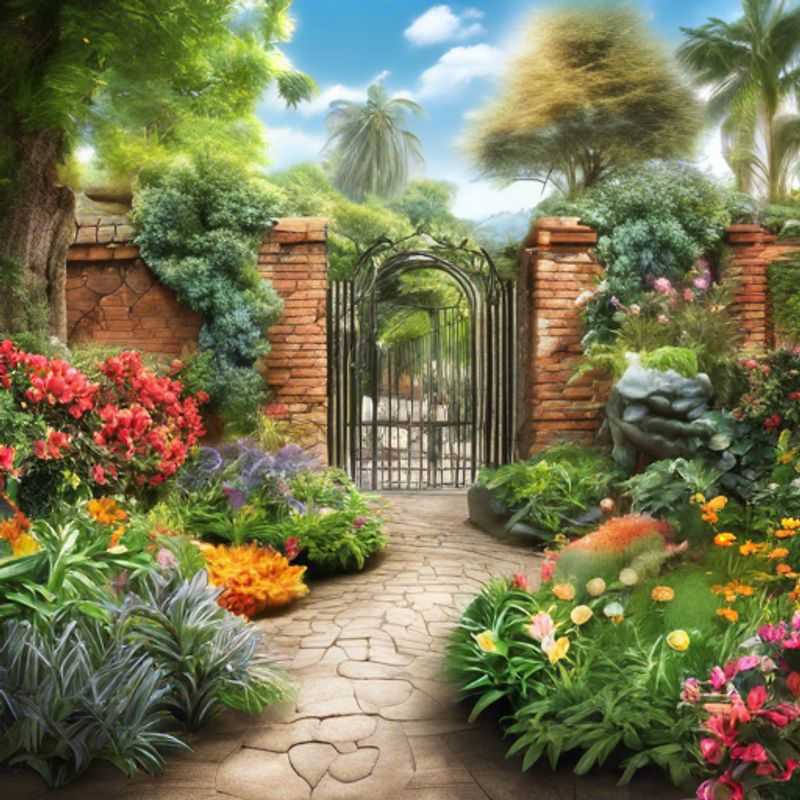
Top Things to Know Before Buying Garden Wall Art Metal: A Buyer's Guide
Ready to add some personality to your garden? Garden wall art metal is a fantastic way to do it! But before you start browsing, it's important to consider a few key factors to ensure your new piece is a perfect fit for your outdoor space. Let's dive in!
First, understand the different types of metal used. Steel is strong and durable, while iron adds a classic touch. Aluminum, on the other hand, is lightweight and rust-resistant. Each material has its own unique aesthetic and practical benefits.
Next, consider the size and scale of the artwork.

Metal Garden Wall Art: Exploring Steel, Iron, and Aluminum
When choosing metal garden wall art, you'll encounter a range of materials, each with its own unique properties. Here's a quick rundown to help you decide:
Steel is a robust choice, offering strength and durability. It's often used for larger, statement pieces and can be coated for rust resistance.
Iron is known for its intricate details and artistic potential. It can be forged into delicate designs but requires proper maintenance to prevent rust.
Aluminum is lightweight, making it ideal for hanging. It's naturally resistant to corrosion and available in various finishes.
Remember, the price of garden wall art can vary depending on the material, design, and size. Don't hesitate to factor in the cost of any necessary coatings or treatments for long-lasting enjoyment.
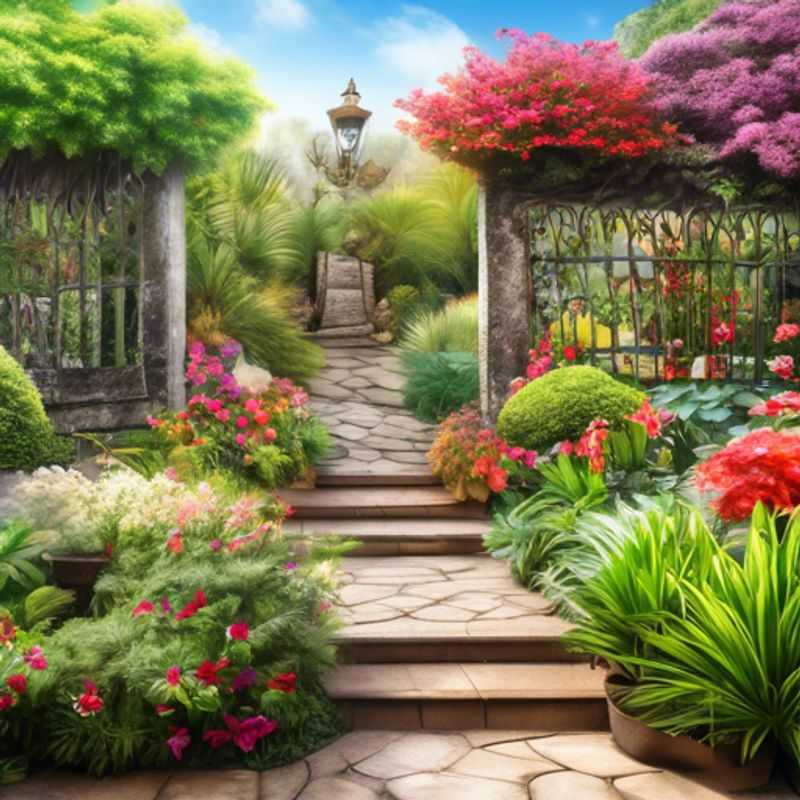
Sizing Up Success: Choosing the Right Artwork for Your Outdoor Space
When choosing artwork for your outdoor space, consider the size and scale of the piece in relation to its surroundings. This is crucial for achieving a visually pleasing and balanced aesthetic.
A large sculpture might feel overwhelming in a small garden, while a tiny sculpture could get lost in a vast courtyard. Think about the proportions of your space and how the artwork will fit within them. It's important to strike a balance, where the artwork stands out but doesn't dominate the entire landscape.
Consider the height and width of the artwork. Tall sculptures can create a sense of grandeur and draw the eye upwards, while wider pieces can create a feeling of expansiveness. Ensure the artwork doesn't block any pathways or obstruct views from your home.
To get a sense of scale, create a mock-up using cardboard or paper. You can even take a photograph of your space and use a photo editing tool to add in the artwork virtually. This will help you visualize how the piece will look in the context of your outdoor environment.
Remember, scale is relative. What might appear too large in one space could be perfectly proportioned in another. Take your time to experiment with different options and find the ideal fit for your outdoor artwork.
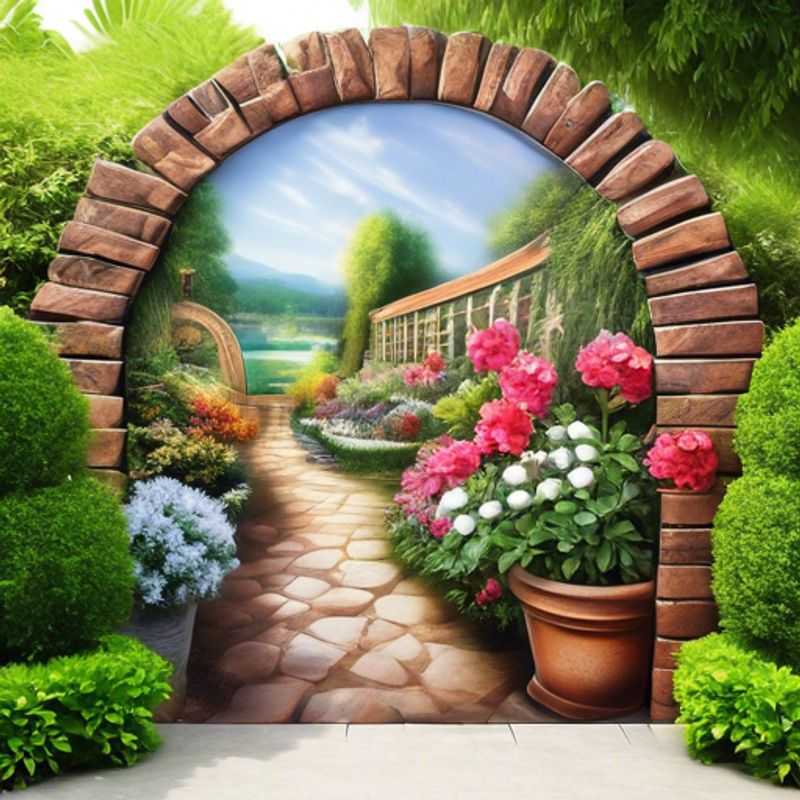
Weatherproofing Your Project: Evaluating Material Durability
When assessing the weather-resistance and durability of materials, several key factors come into play. Understanding these factors is crucial for ensuring the longevity and performance of any construction project or product.
Weather Resistance: Materials must be able to withstand the elements, including rain, snow, sun, wind, and extreme temperatures. This involves considering factors like:
- Water absorption: How much water a material absorbs can affect its durability and potential for damage, especially during freezing temperatures. Materials with low water absorption are generally more weather-resistant.
- UV resistance: Sun exposure can degrade some materials, causing discoloration, cracking, or weakening. Choosing materials with high UV resistance is essential for long-term performance.
- Chemical resistance: Materials may need to withstand exposure to pollutants, salts, or other chemicals present in the environment. Selecting materials with appropriate chemical resistance is vital in specific applications.
Durability: Materials must be able to resist wear, tear, and damage over time. This involves considering:
- Abrasion resistance: The material's ability to withstand rubbing or scraping, especially important for flooring, roofing, or exterior cladding.
- Impact resistance: The ability of the material to withstand sudden shocks or impacts, crucial for areas exposed to potential collisions.
- Tensile strength: The material's ability to withstand pulling or stretching forces, important for structural components or flexible materials.
Evaluation methods for weather resistance and durability include:
- Laboratory testing: Controlled environments allow for precise measurements of material properties. These tests can simulate various weather conditions and assess material performance under stress.
- Field testing: Real-world exposure of materials to actual weather conditions provides valuable insights into long-term performance. Long-term monitoring and data collection are essential for accurate assessments.
Cost implications: The choice of materials significantly impacts project cost. While some materials may have higher initial costs, they can provide long-term savings through increased durability and reduced maintenance requirements. Consider the entire lifecycle cost of materials, including installation, maintenance, and potential replacements, when making decisions.
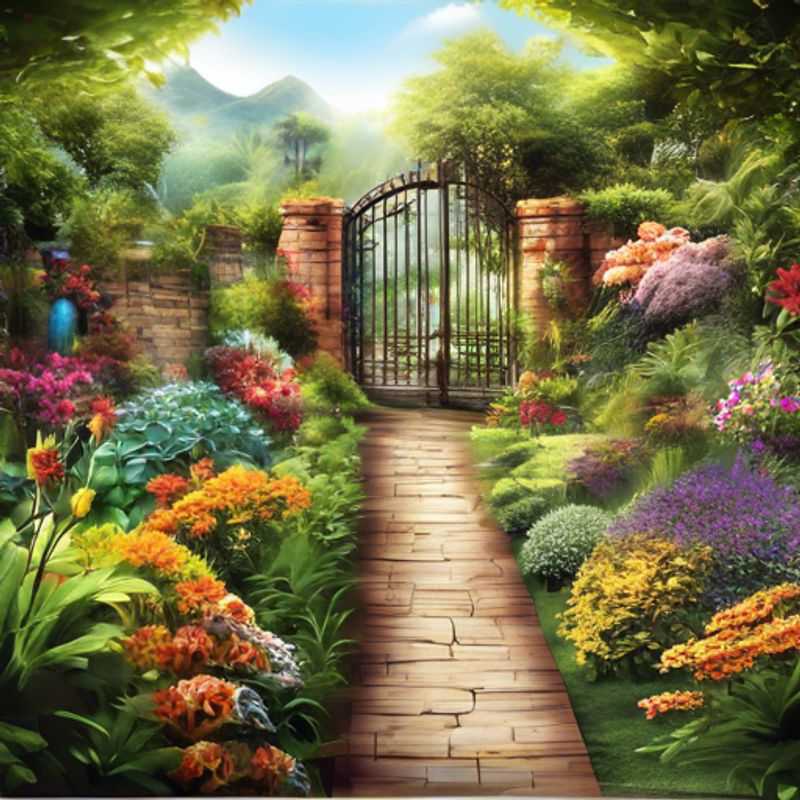
Choosing the Right Style for Your Garden's Aesthetic
Choosing the right garden style is crucial for creating a harmonious and aesthetically pleasing outdoor space. It's not just about pretty flowers, but a cohesive look that complements your home and your personality.
First, consider your existing home's architecture. Do you have a modern, contemporary, rustic, or traditional house? Matching or contrasting your garden style can enhance the overall appeal. A modern house might pair well with a minimalist garden, while a traditional house could embrace a cottage garden aesthetic.
Next, think about your lifestyle and preferences. Do you crave a low-maintenance space, a vibrant explosion of color, or a tranquil sanctuary? A formal garden demands more upkeep, while a wildflower meadow requires less hands-on care. A Japanese zen garden emphasizes serenity, while a Mediterranean garden evokes a sun-drenched escape.
Finally, factor in your climate and soil conditions. Certain plants thrive in specific environments. A desert garden might feature drought-tolerant succulents, while a tropical garden thrives on humidity. Research the plants that will flourish in your location to ensure your garden thrives.
Remember, these are just starting points. There are endless possibilities when it comes to garden styles. Browse magazines, visit botanical gardens, and gather inspiration from diverse sources to create your own unique and fulfilling outdoor haven.
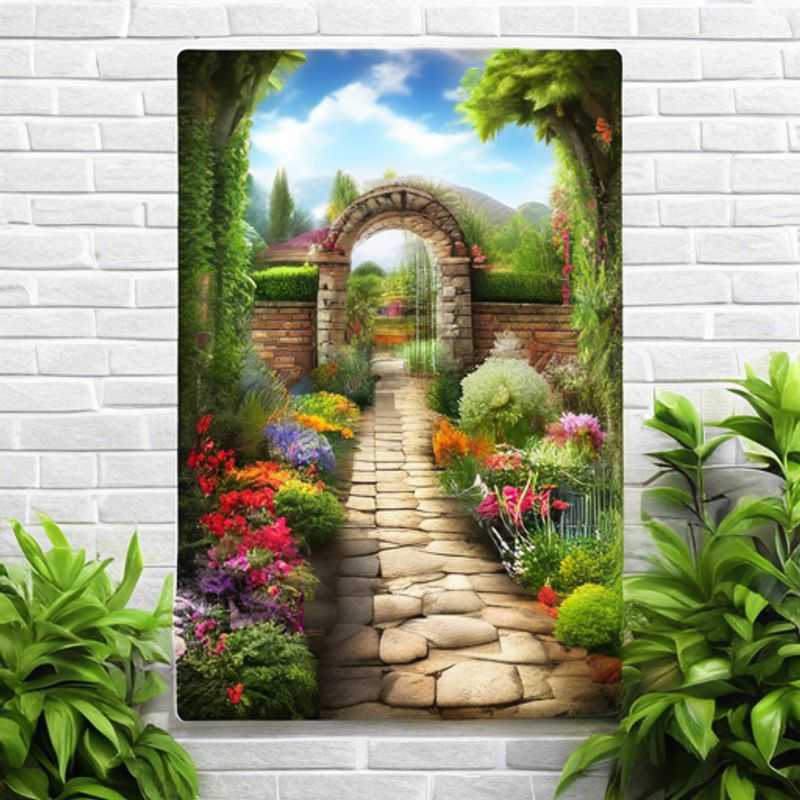
Measure Twice, Hang Once: Getting the Perfect Fit for Your Wall Art
Before you start hanging your beautiful wall art, you need to measure the area where it will go. This ensures it fits perfectly and looks amazing! It's always better to be safe than sorry!
Grab a measuring tape and start by taking the height and width of the wall space where you plan to hang your art. Make sure you're measuring the space you want the art to occupy, not just the entire wall.
Consider the position of the wall art. Do you want it centered on the wall, or do you want it offset to the side? Take your time and visualize how the art will look in the space.
Once you have the measurements, you can decide on the size of the wall art you need. Make sure the art isn't too big or too small for the space, you want it to be proportional!
Remember, measuring accurately is essential for a successful art installation. It's a quick and easy step that will make a huge difference in the final result.
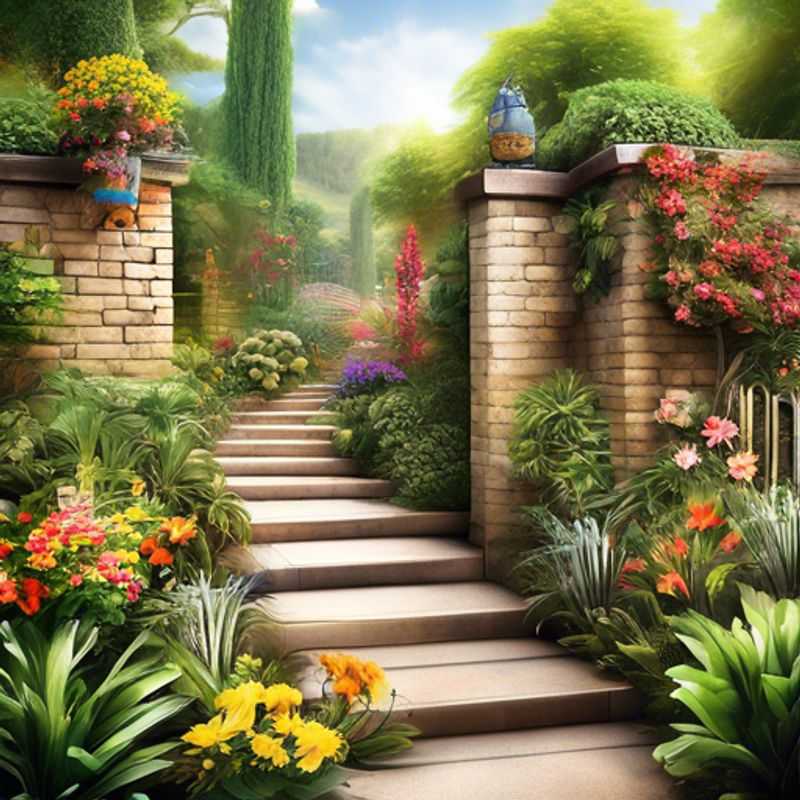
Don't Get Scammed: Research Reputable Sellers and Read Customer Reviews
Before you buy anything online, especially expensive items, it's crucial to research the seller's reputation and read customer reviews. This helps ensure you're getting a quality product from a trustworthy source. Here’s how you can do it:
1. Check Seller Reputation: Look for the seller's website and social media presence. Check for signs of legitimacy, such as contact information, privacy policies, and terms of service. You can also use websites like Trustpilot and Better Business Bureau to see reviews and complaints from other customers.
2. Read Customer Reviews: Pay attention to the number of reviews and the overall rating. Look for detailed reviews that discuss specific aspects of the product or service. Be wary of suspiciously positive reviews or an overwhelming number of negative reviews.
3. Consider Seller's Return Policy: A generous return policy is a good sign of a reputable seller who stands behind their products. It's important to understand the conditions and limitations of the return policy before you buy.
4. Be Cautious of Unusually Low Prices: If the price is significantly lower than other sellers, it could be a red flag. Be wary of scams or counterfeit products.
By taking these steps, you can increase your chances of finding a reputable seller and a product that meets your expectations. Remember, it's better to be safe than sorry when making online purchases.
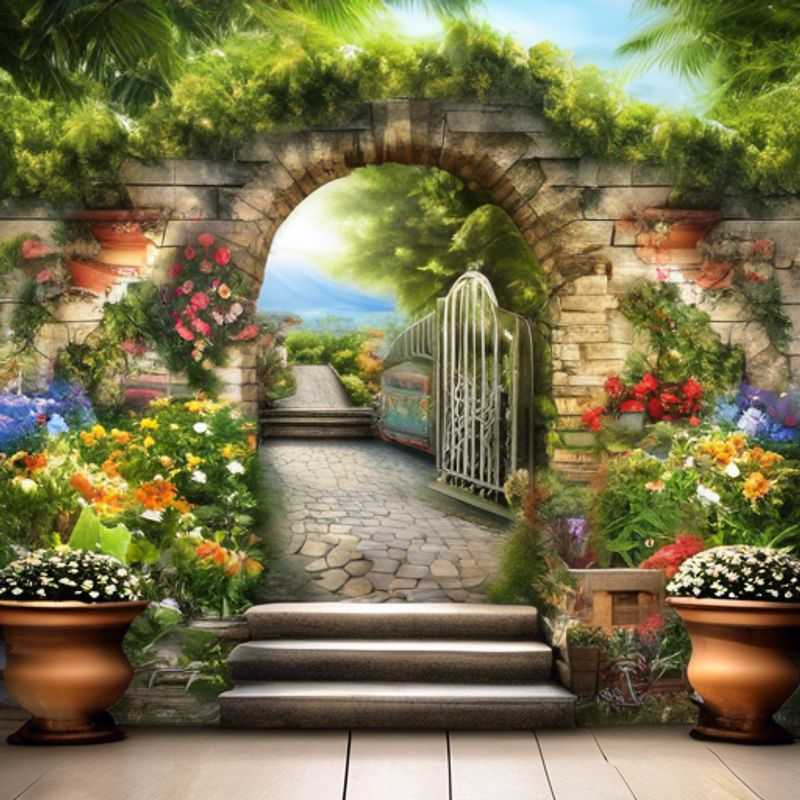
Don't Get Caught Off Guard: Factor in Shipping Costs and Delivery Timelines
Shipping costs and delivery timelines are essential considerations when planning any project involving physical goods. They can significantly impact your budget and project schedule. Here's a quick guide to help you factor them in:
Shipping Costs:
Shipping costs depend on several factors, including:
- Distance: Longer distances generally mean higher shipping costs.
- Weight and Size: Heavier and larger shipments are more expensive to transport.
- Shipping Method: Air freight is typically faster but more costly than sea freight.
- Insurance: Consider insurance to protect against damage or loss during transit. This is an additional cost.
- Special Handling: Items requiring special handling (like fragile goods) incur extra fees.
Delivery Timelines:
Delivery timelines are influenced by:
- Distance: Longer distances require more time for delivery.
- Shipping Method: Air freight is much faster than sea freight.
- Traffic and Weather Conditions: Delays can occur due to unexpected events.
- Customs Clearance: International shipments may face delays during customs inspection.
Tips for Optimizing Costs and Timelines:
